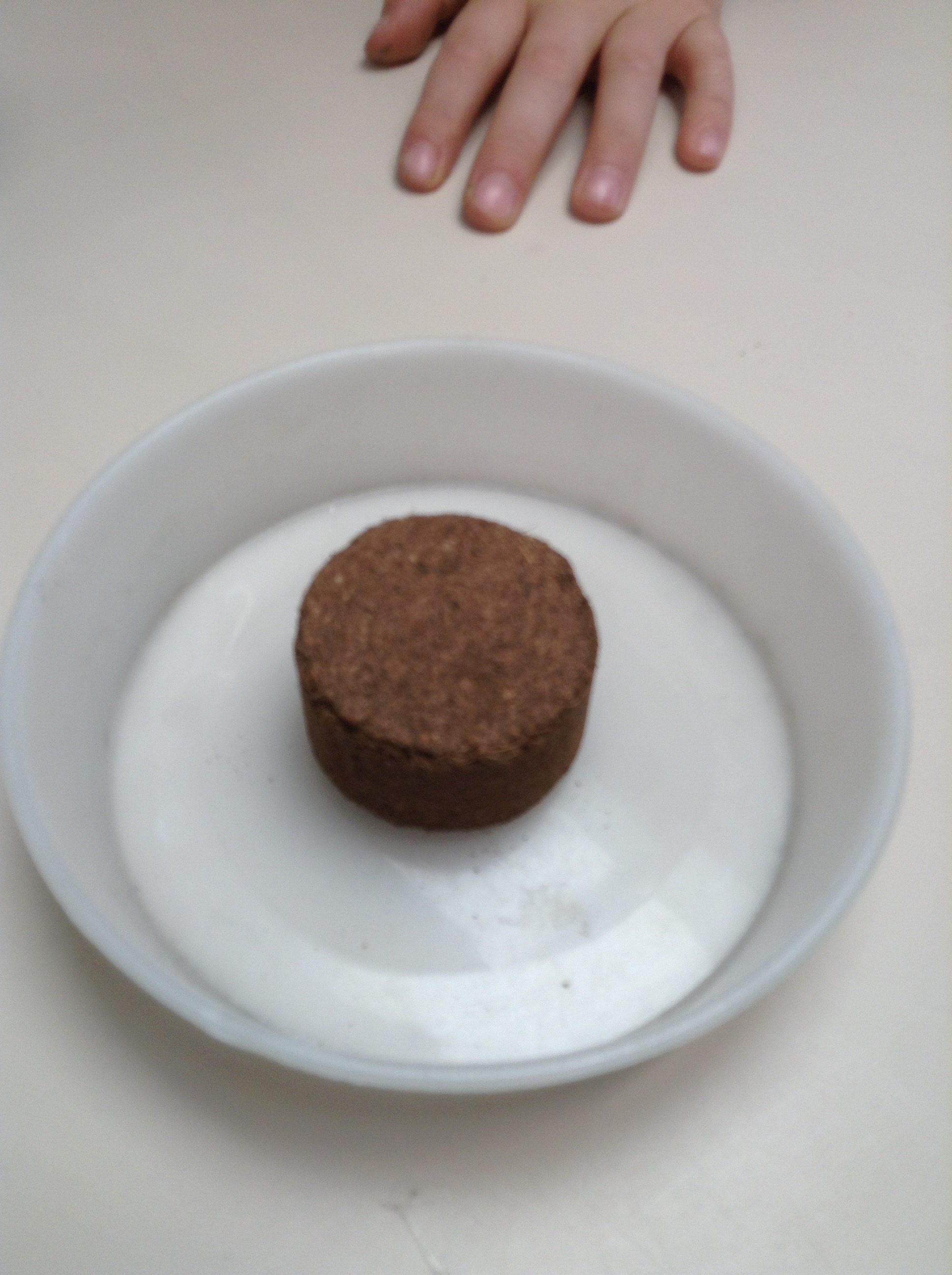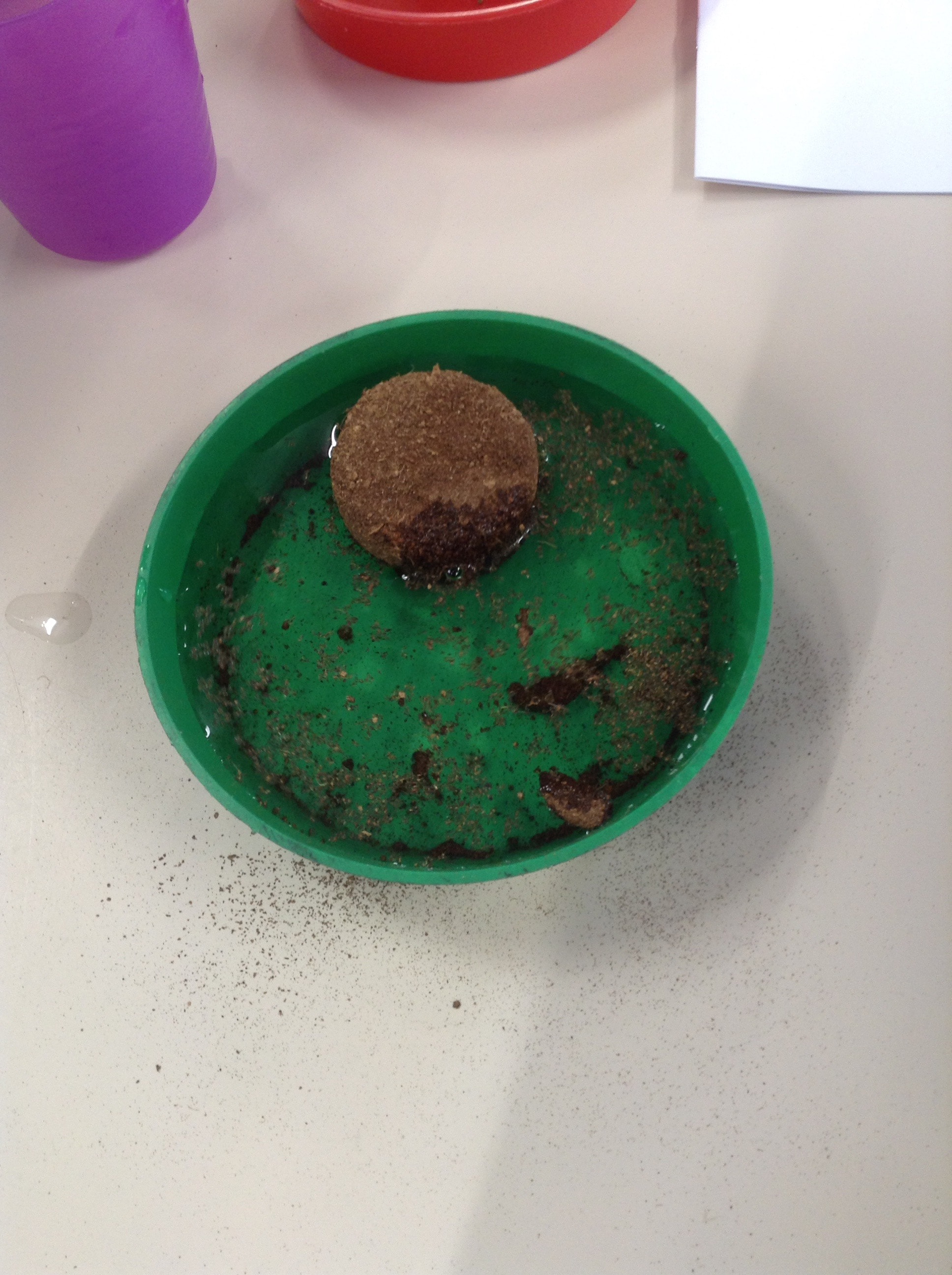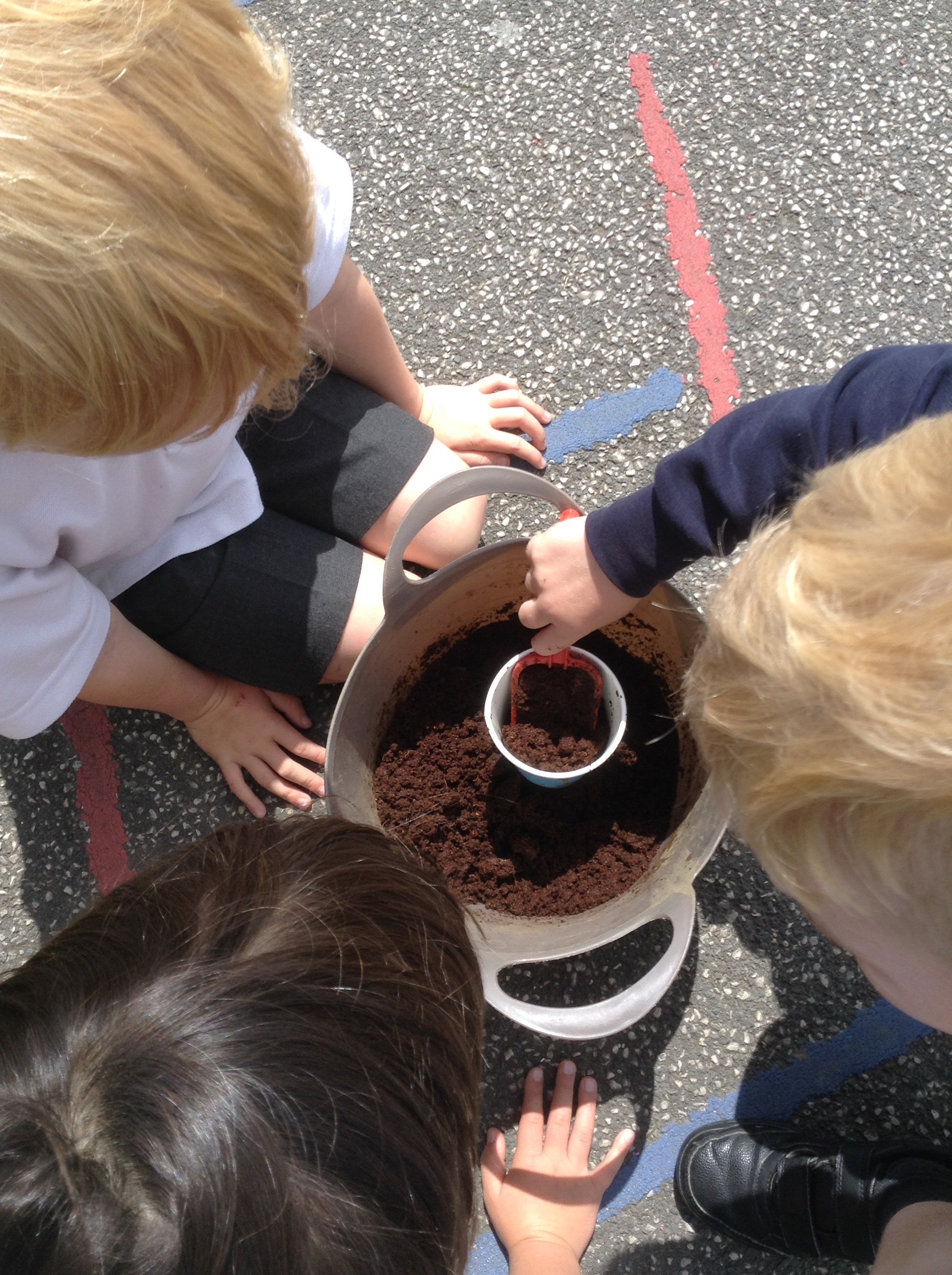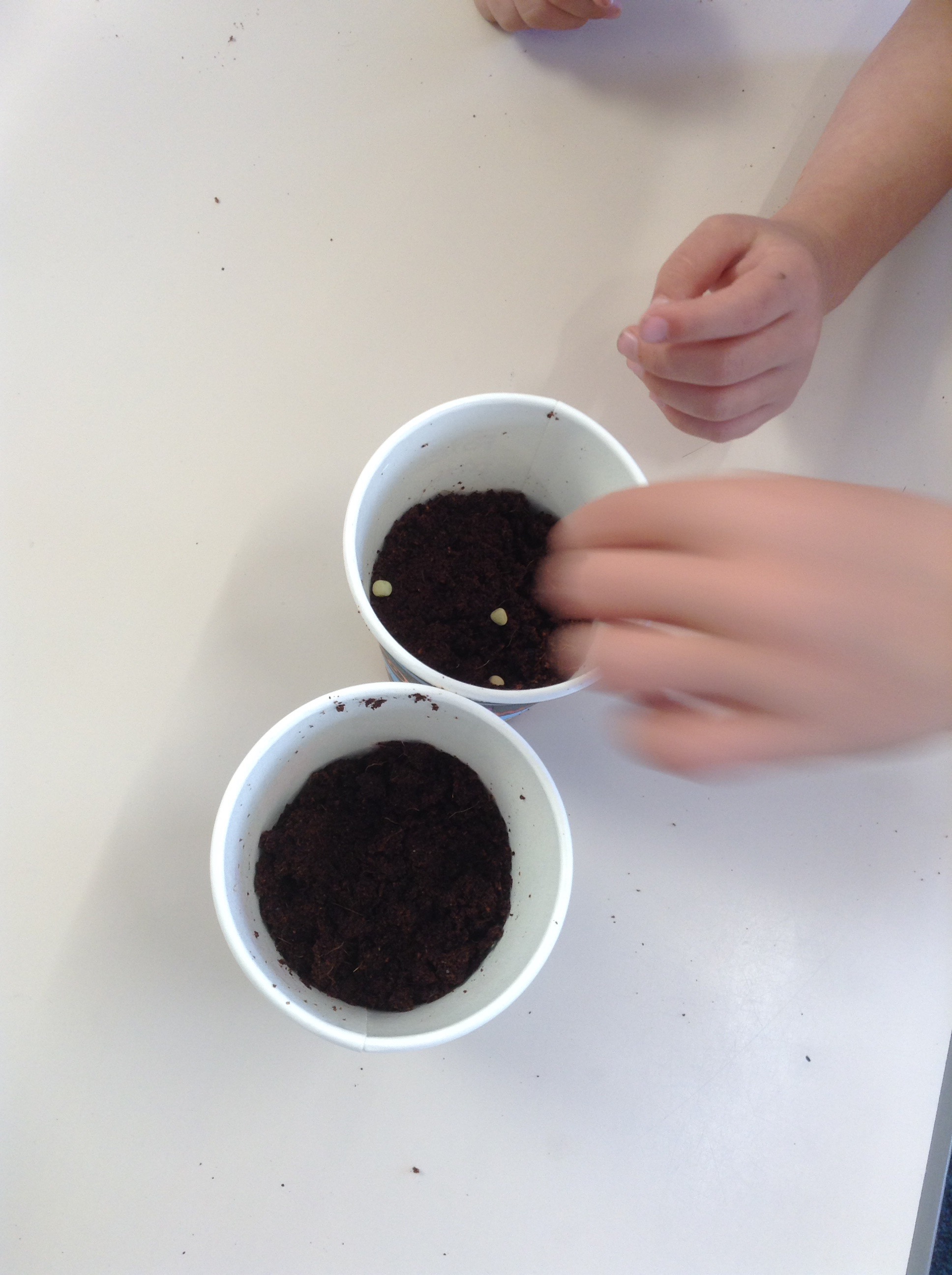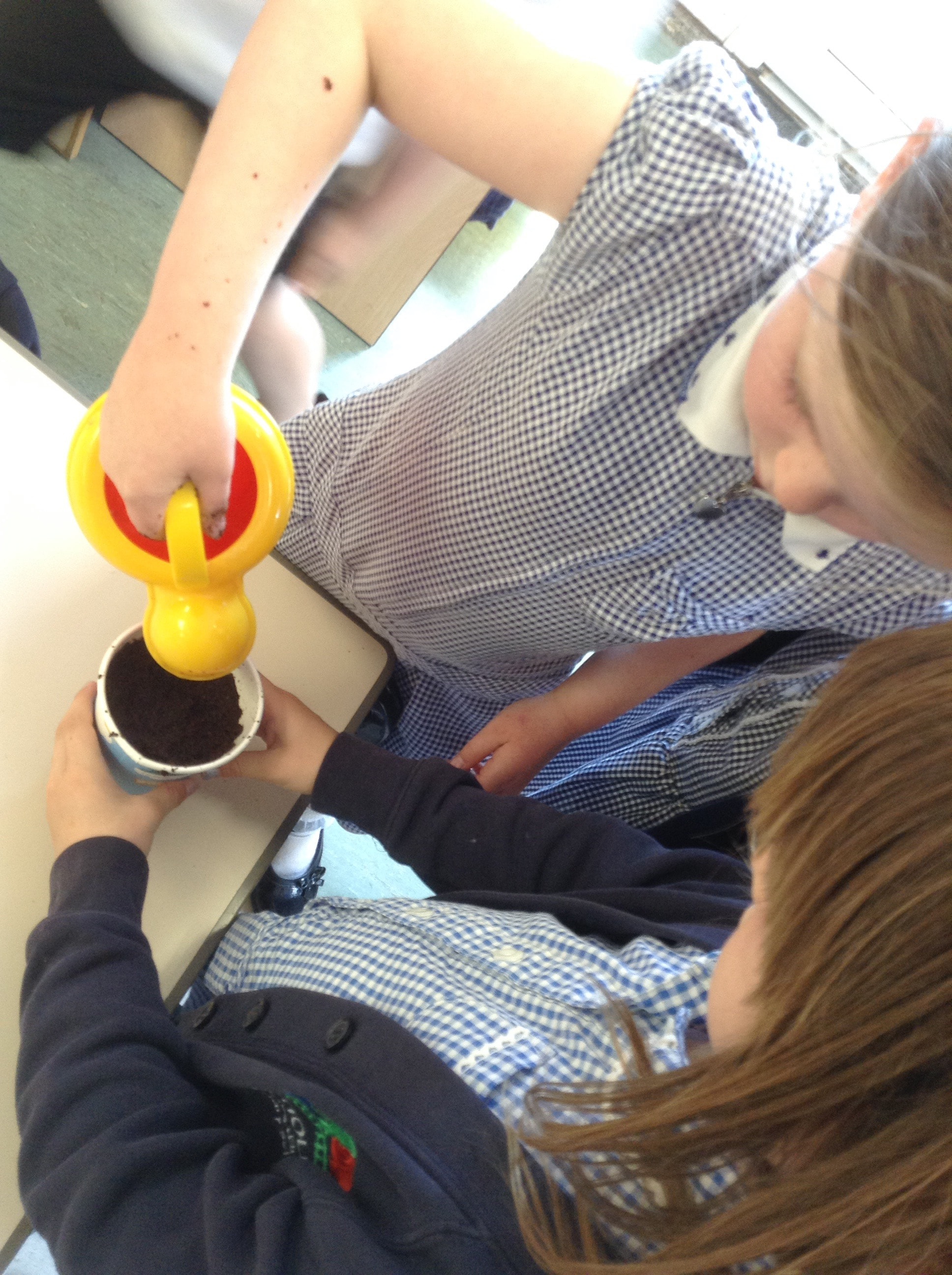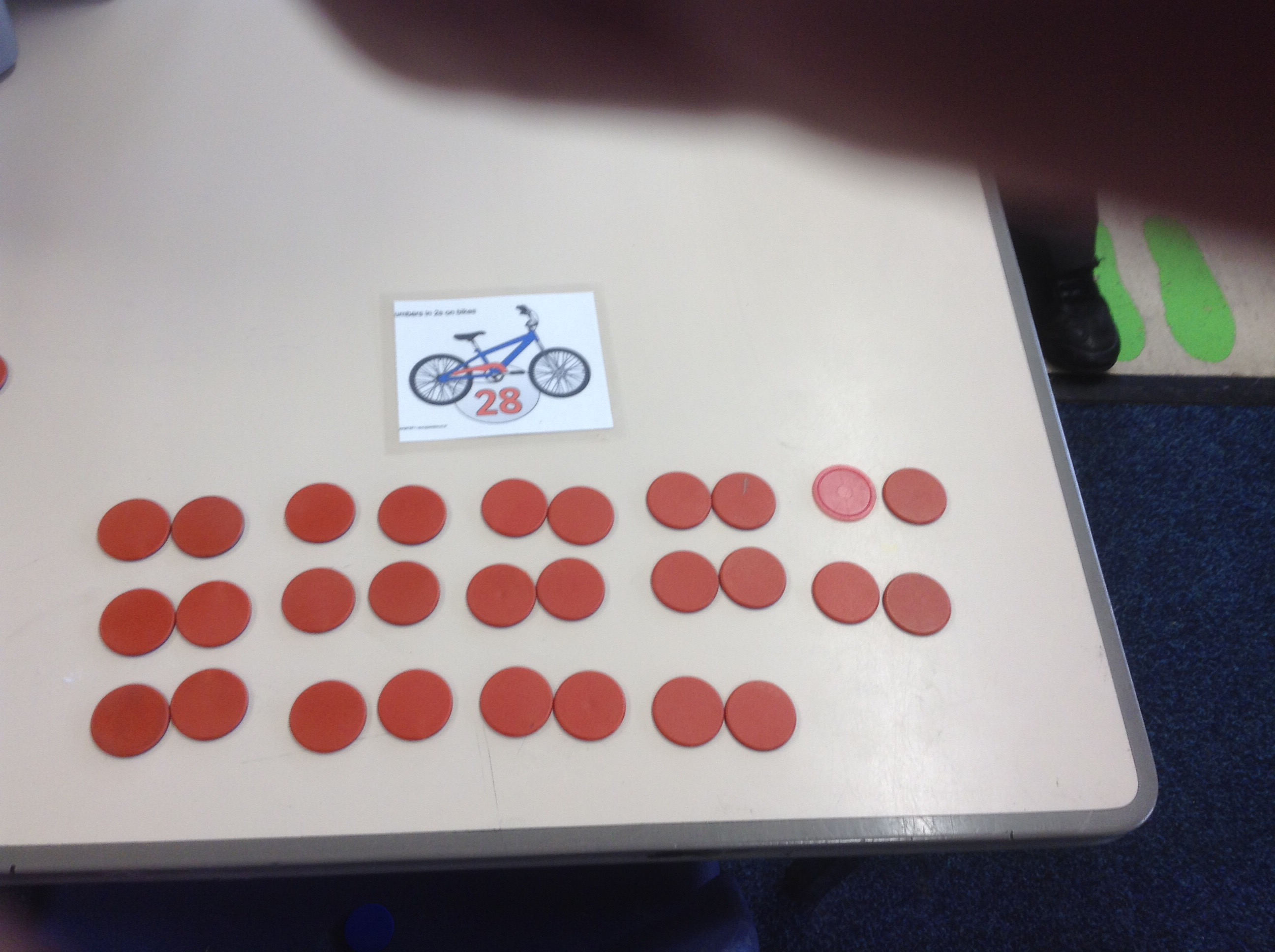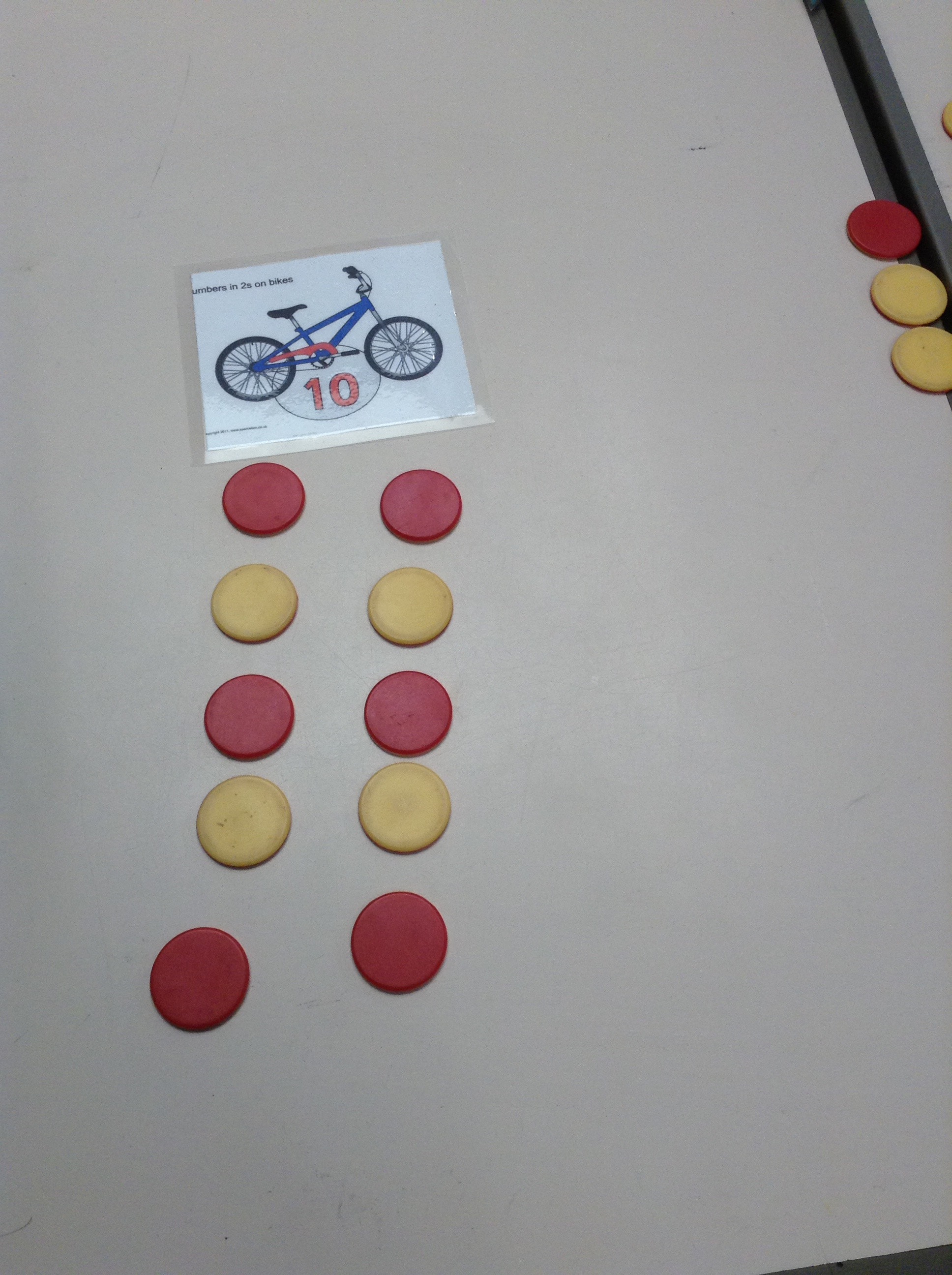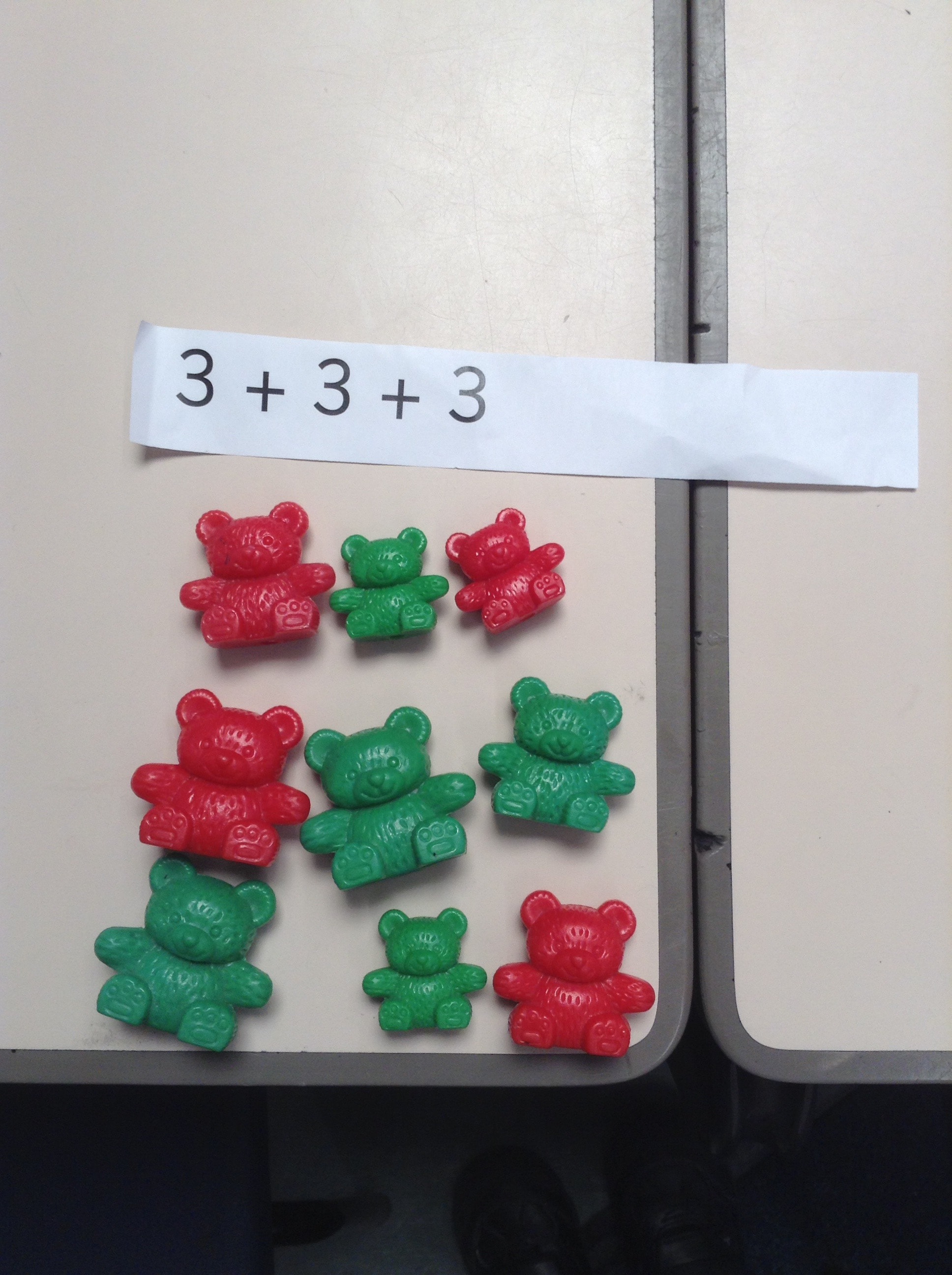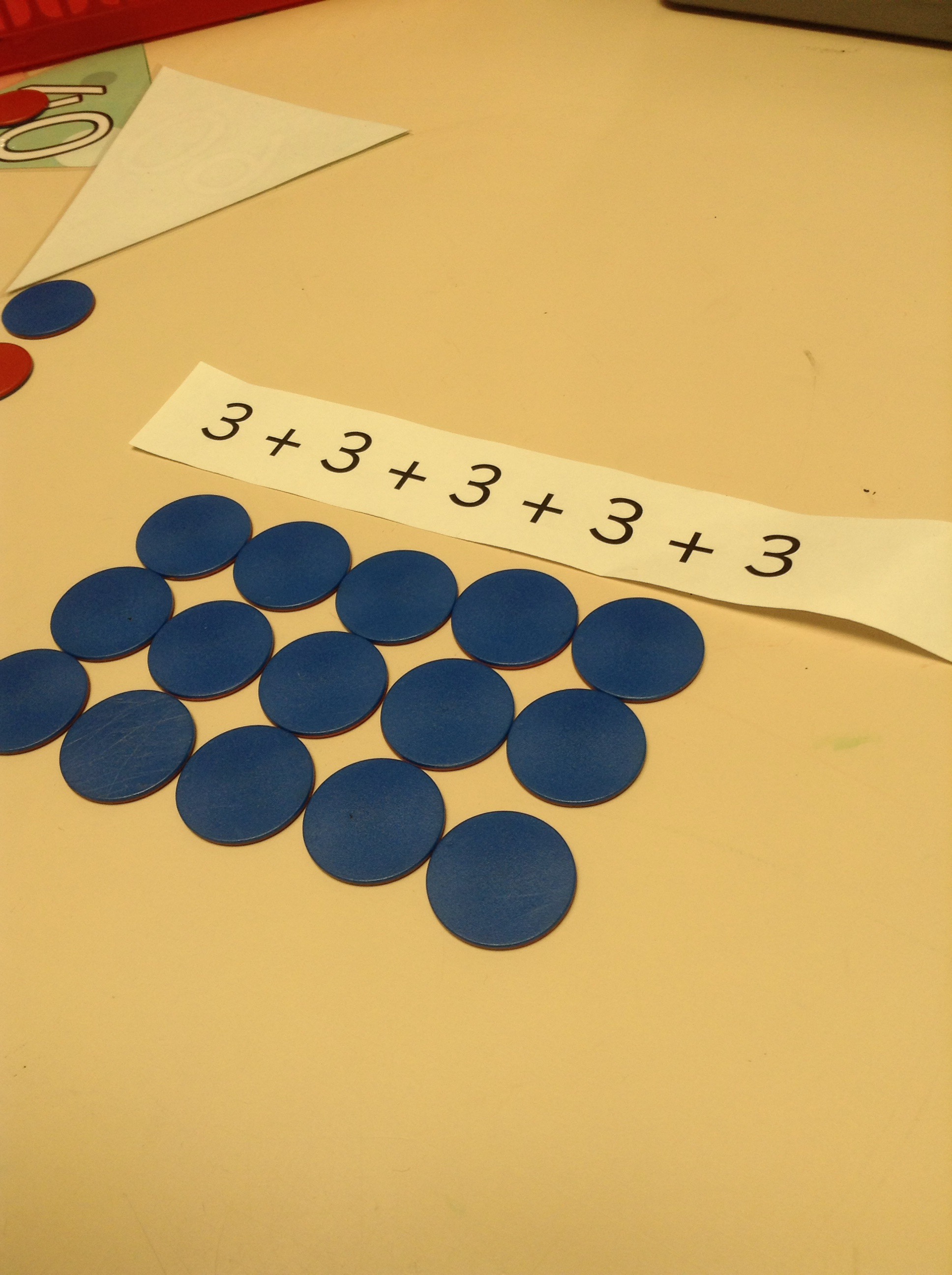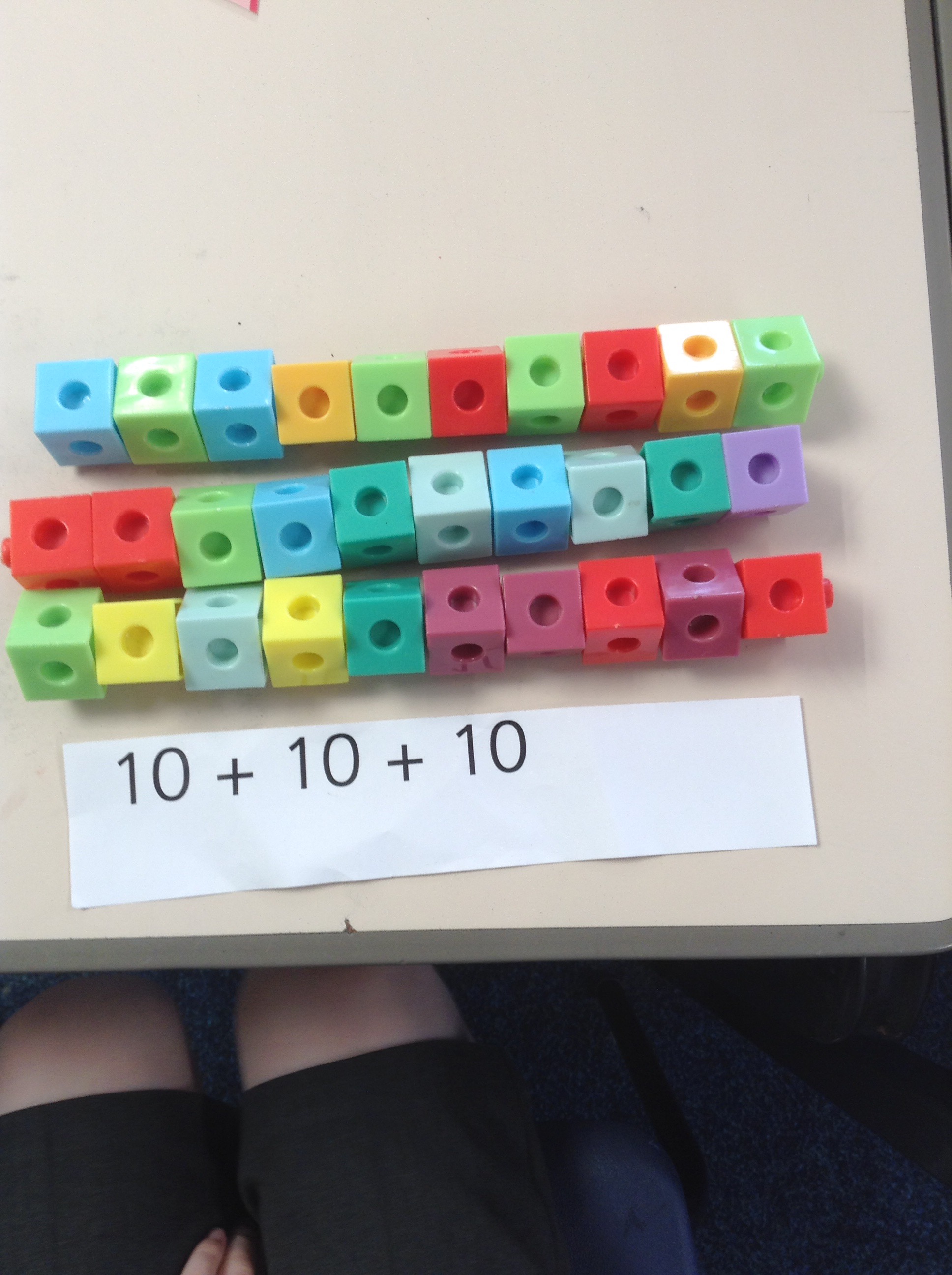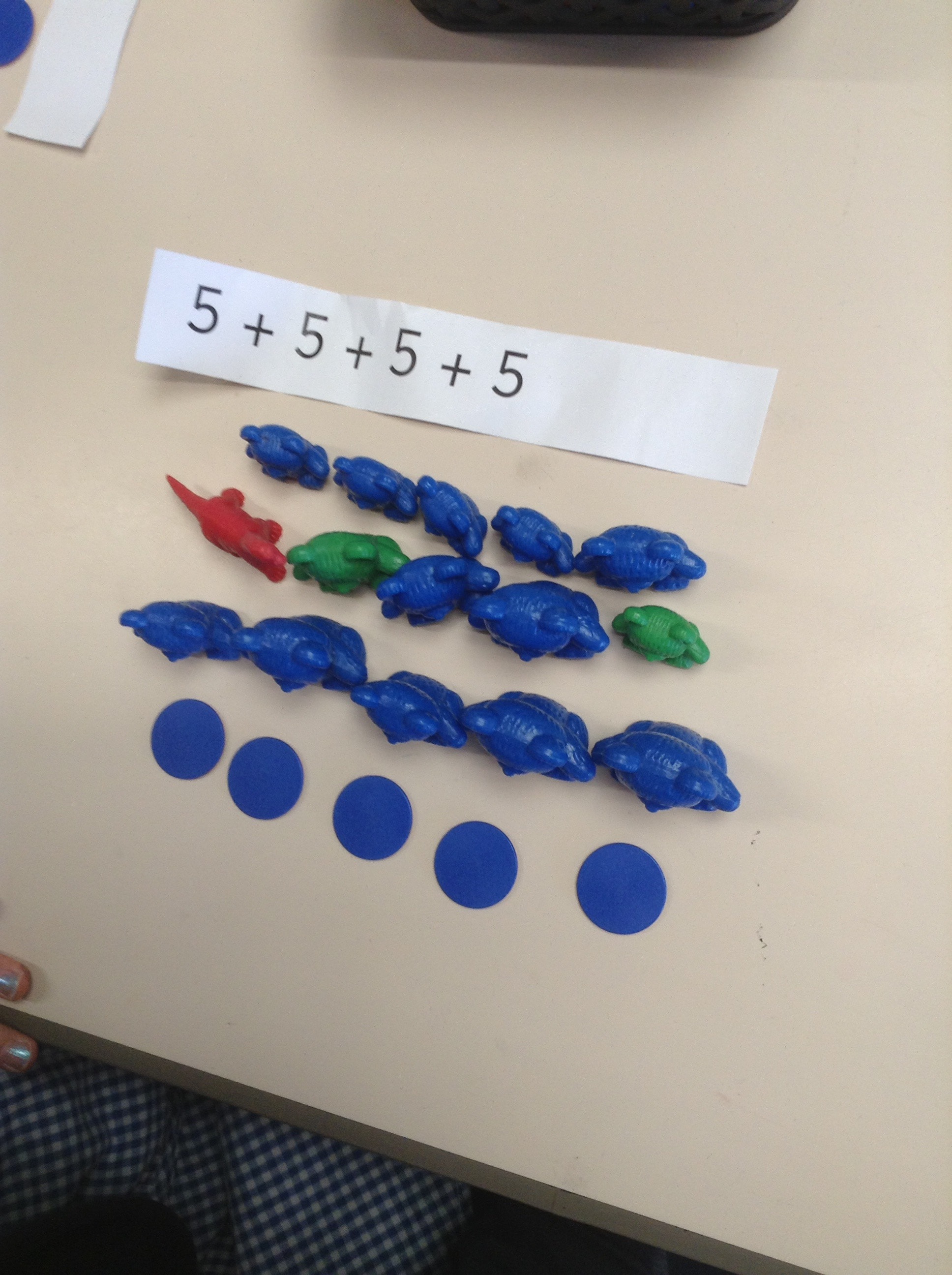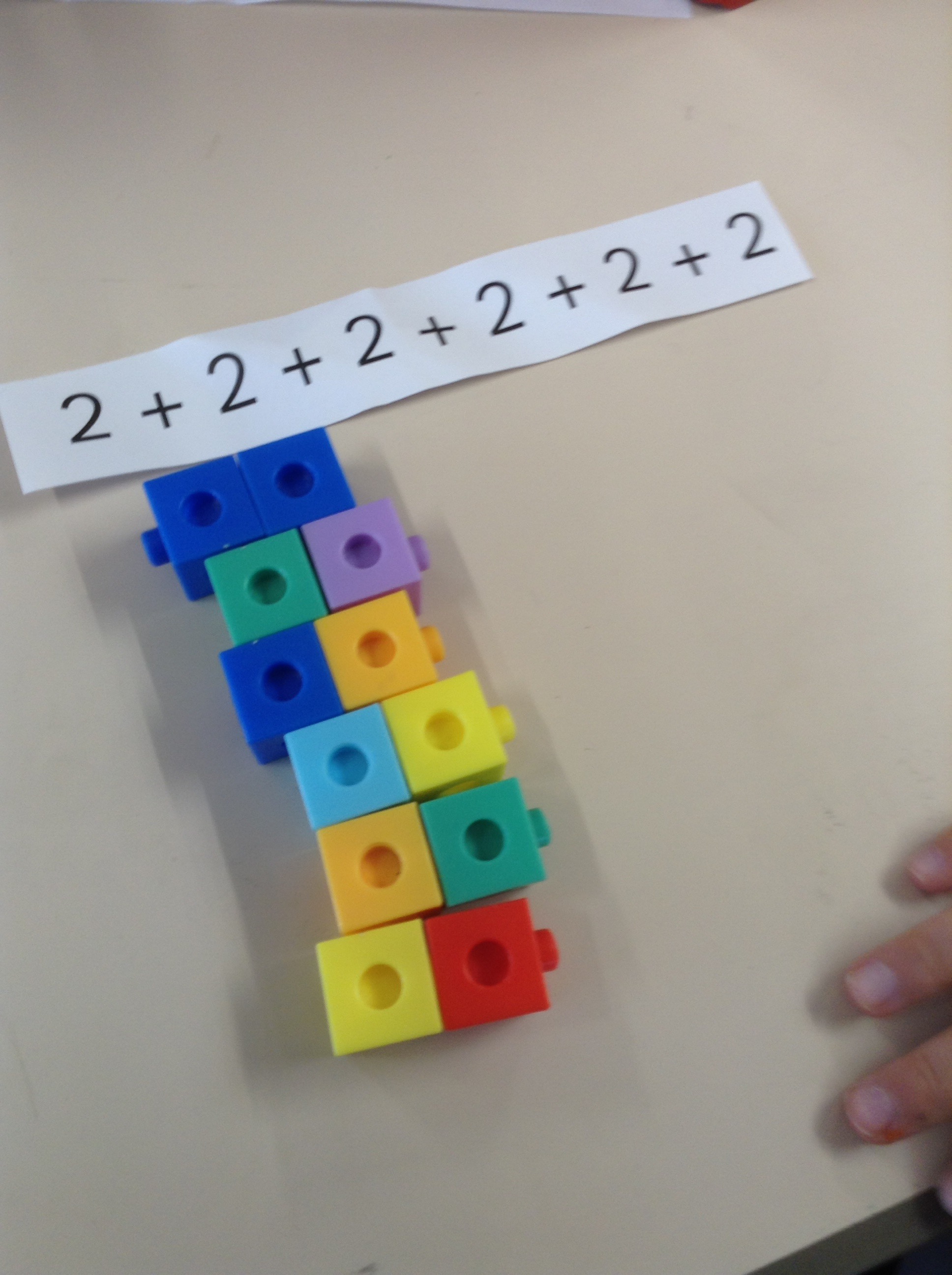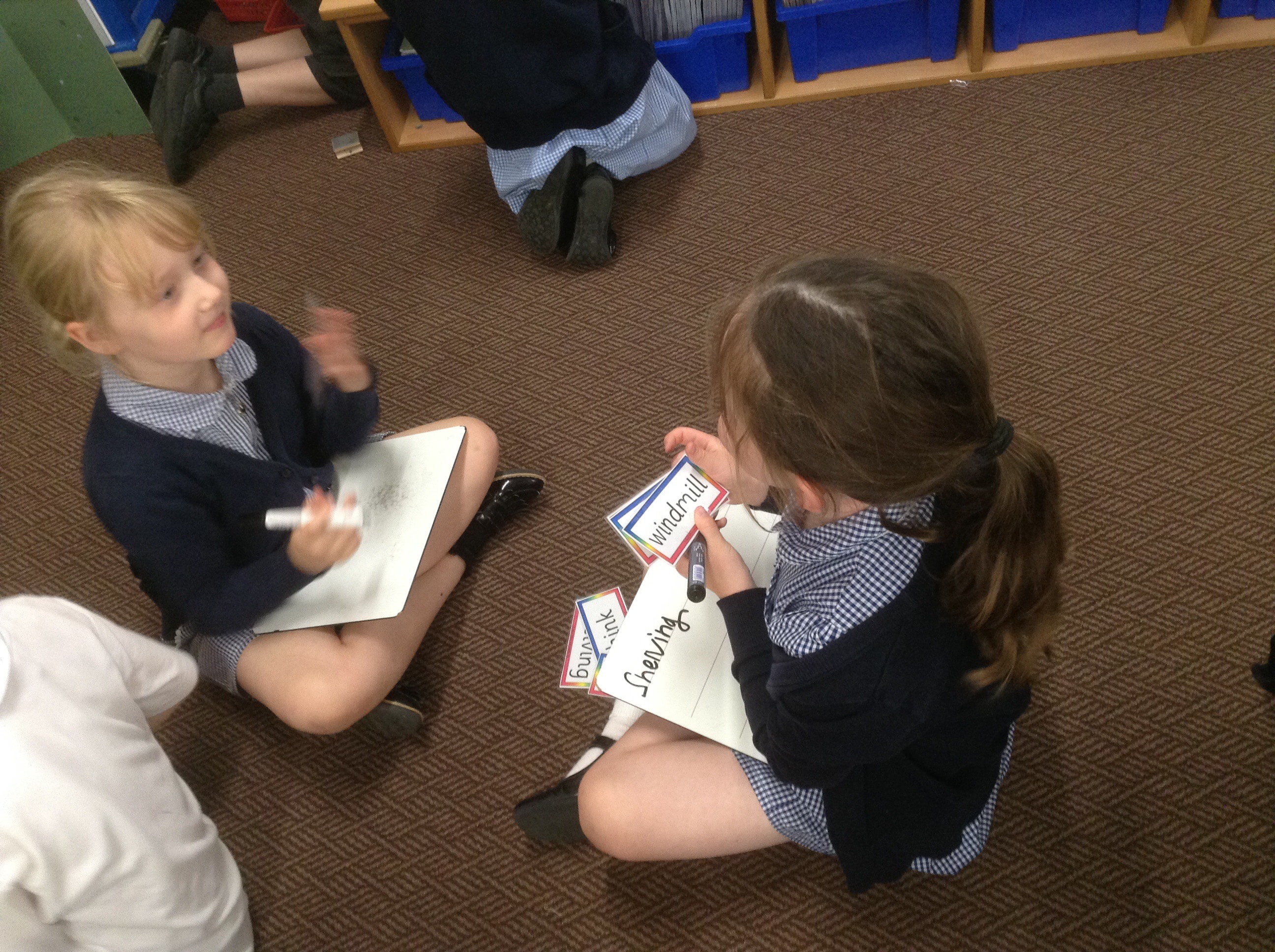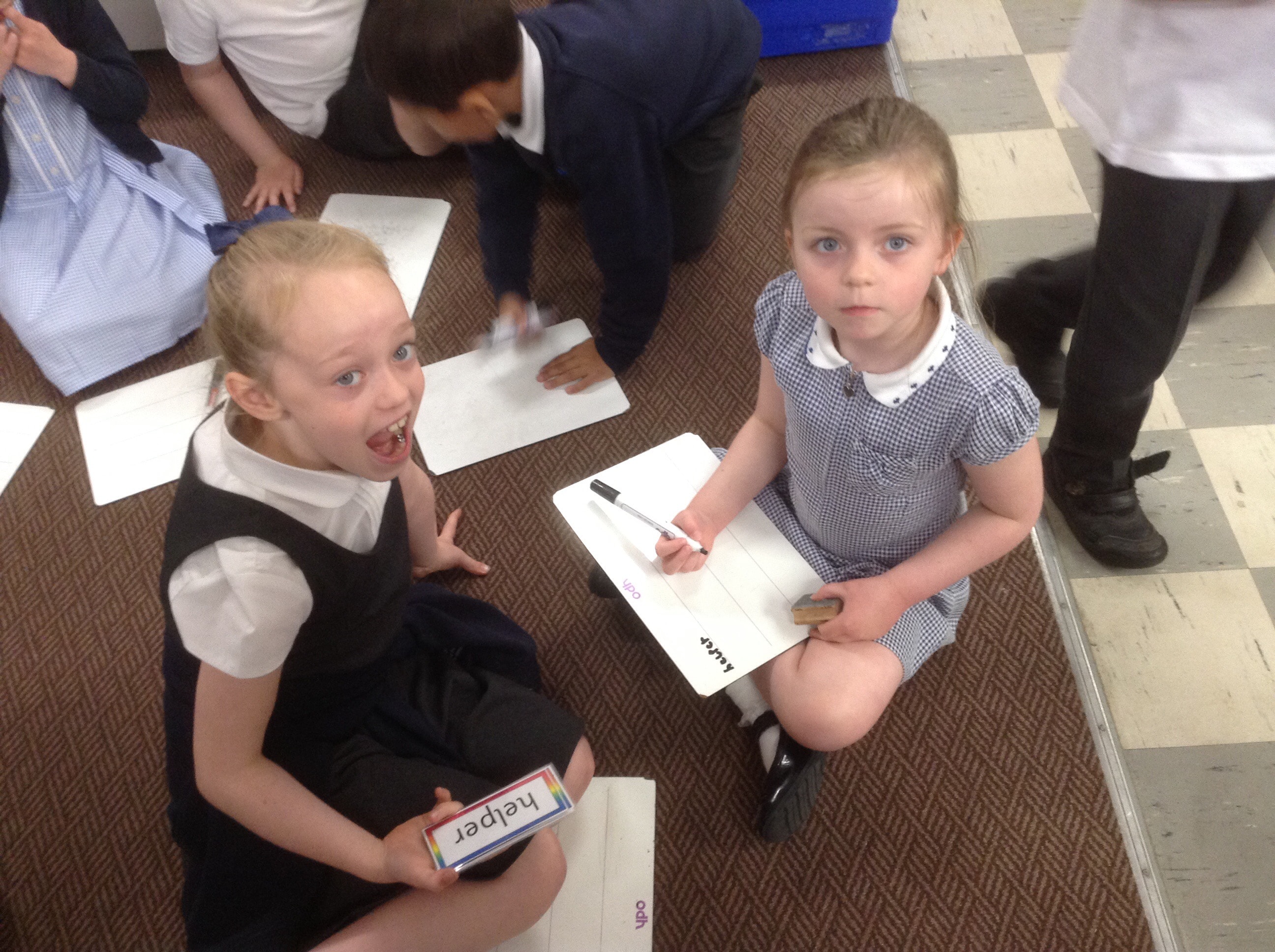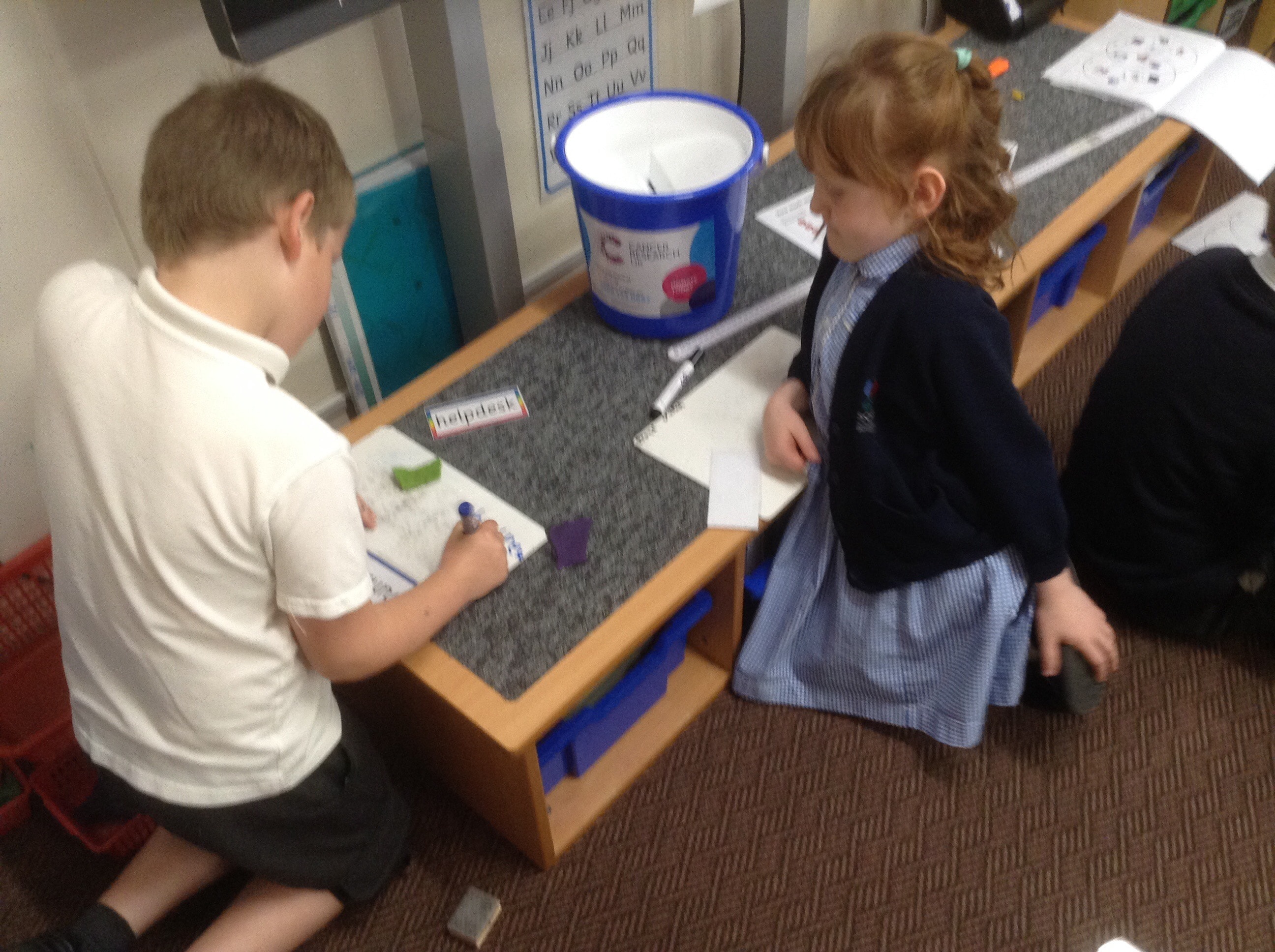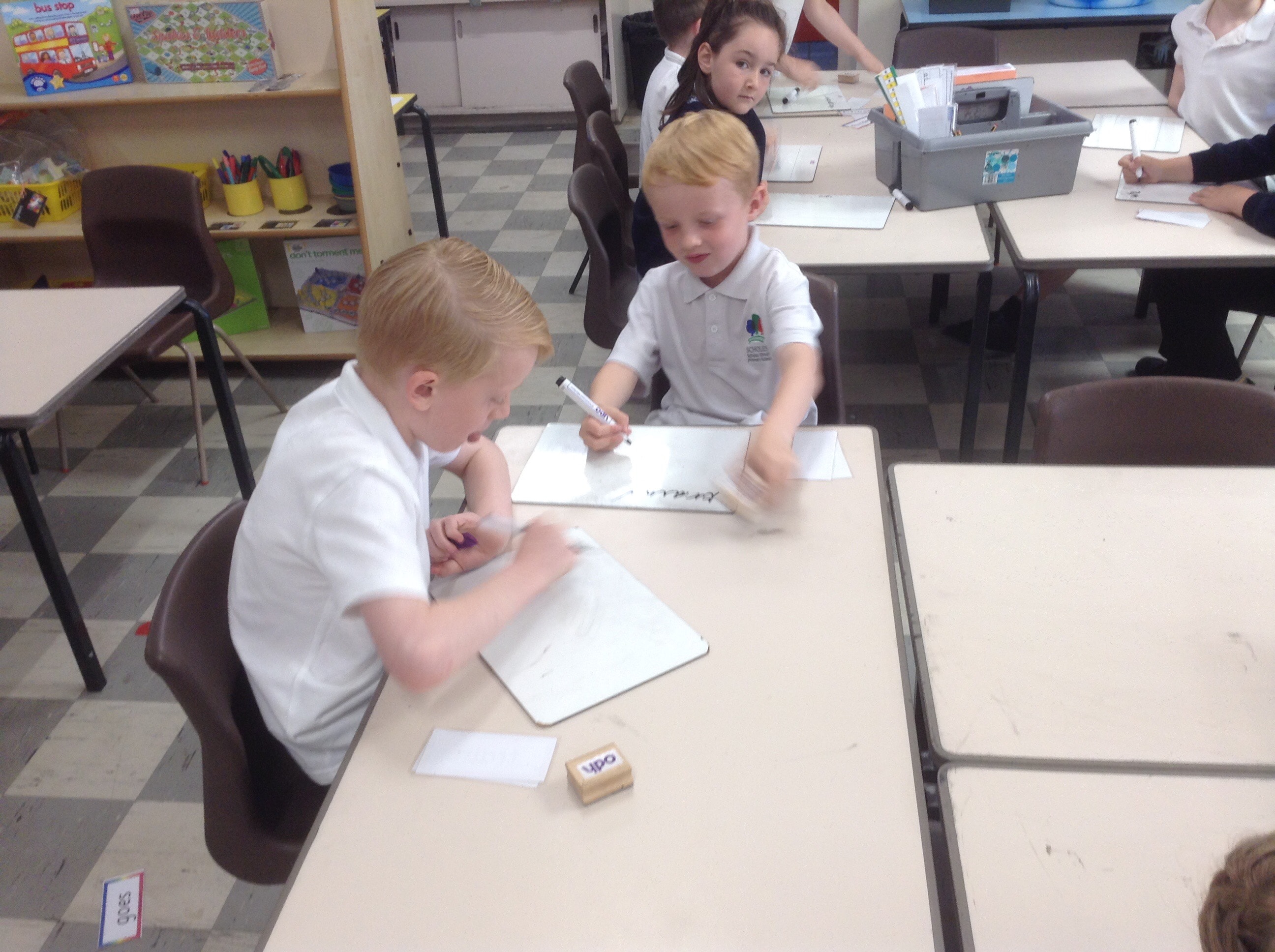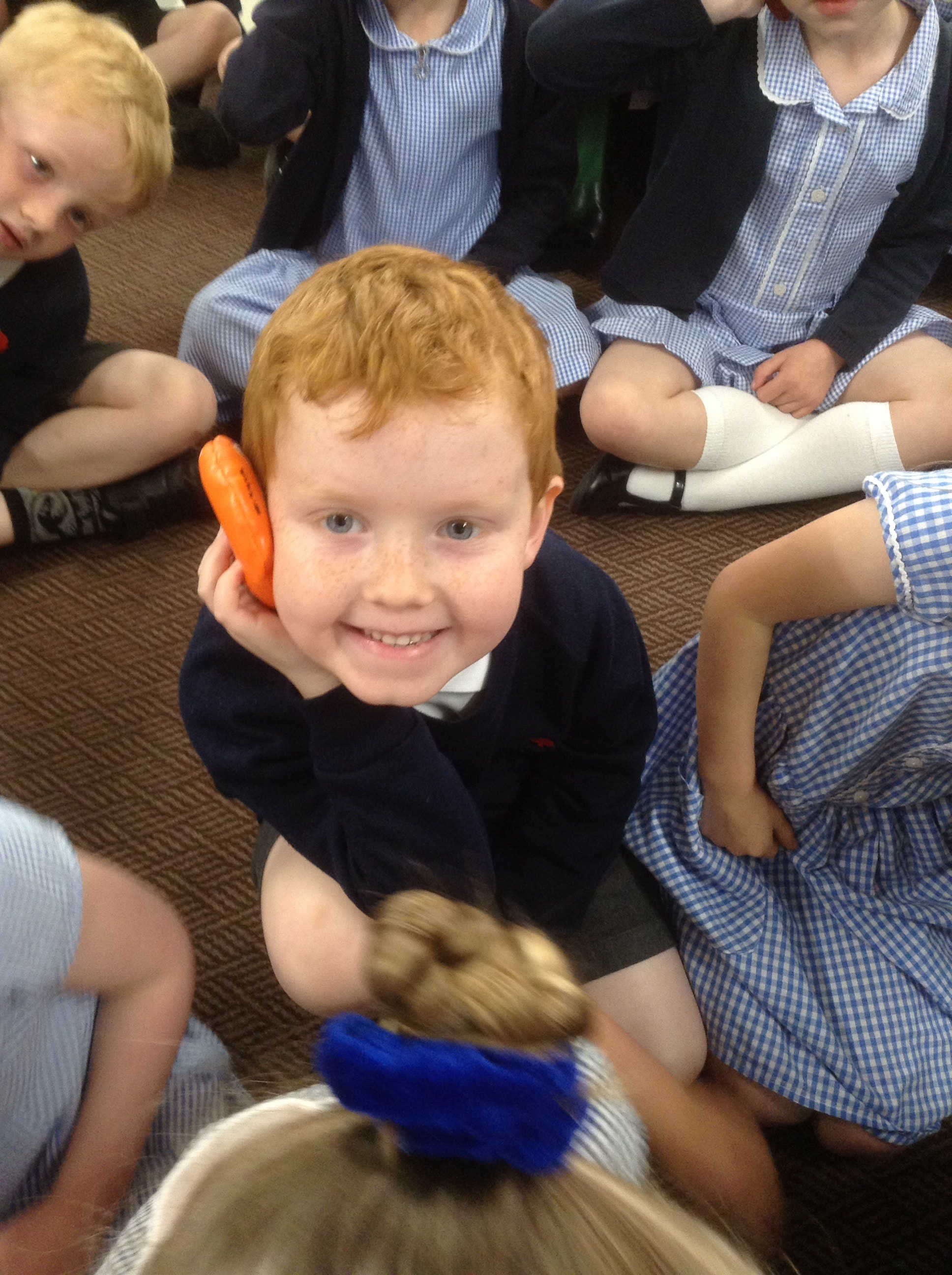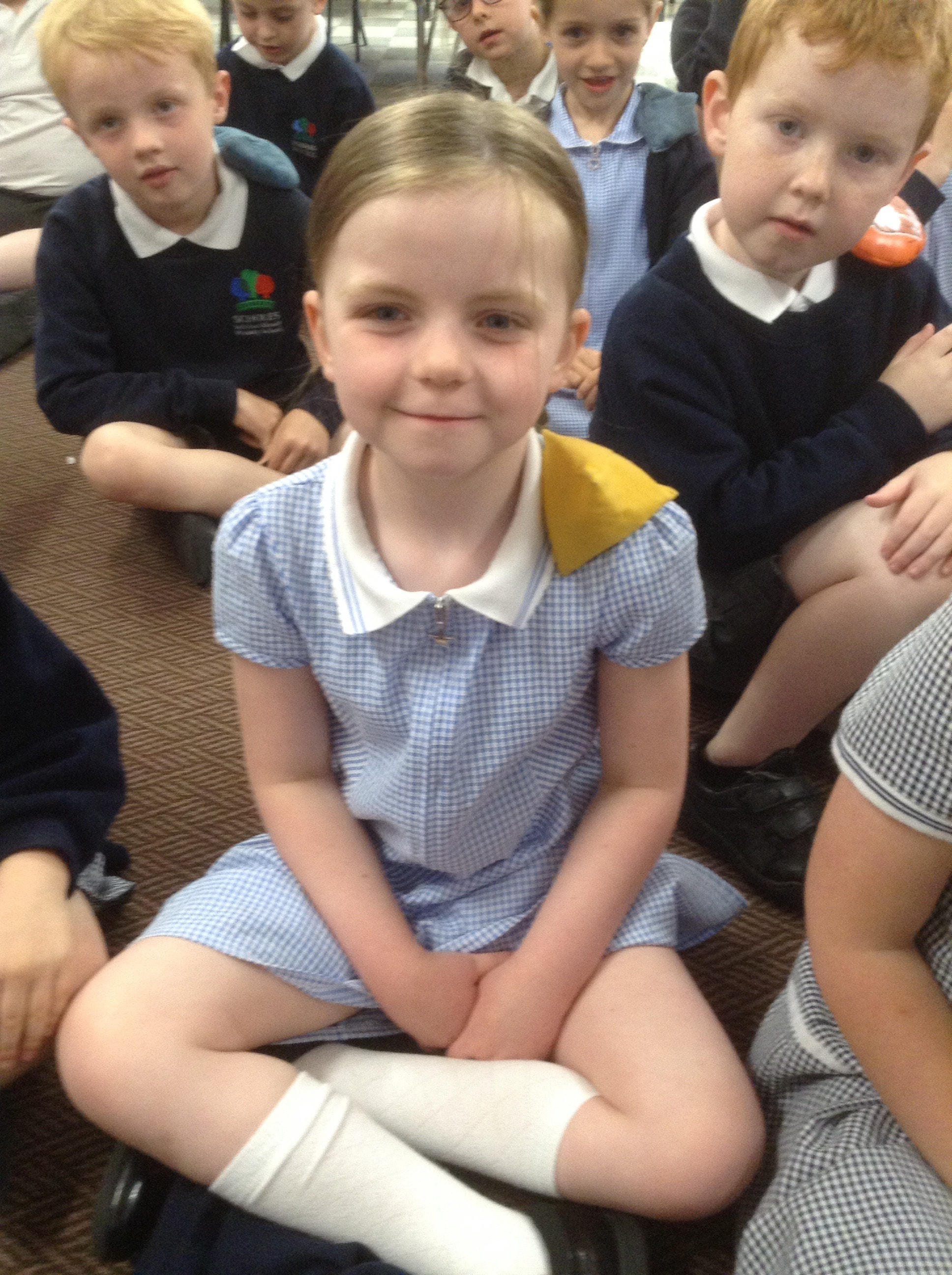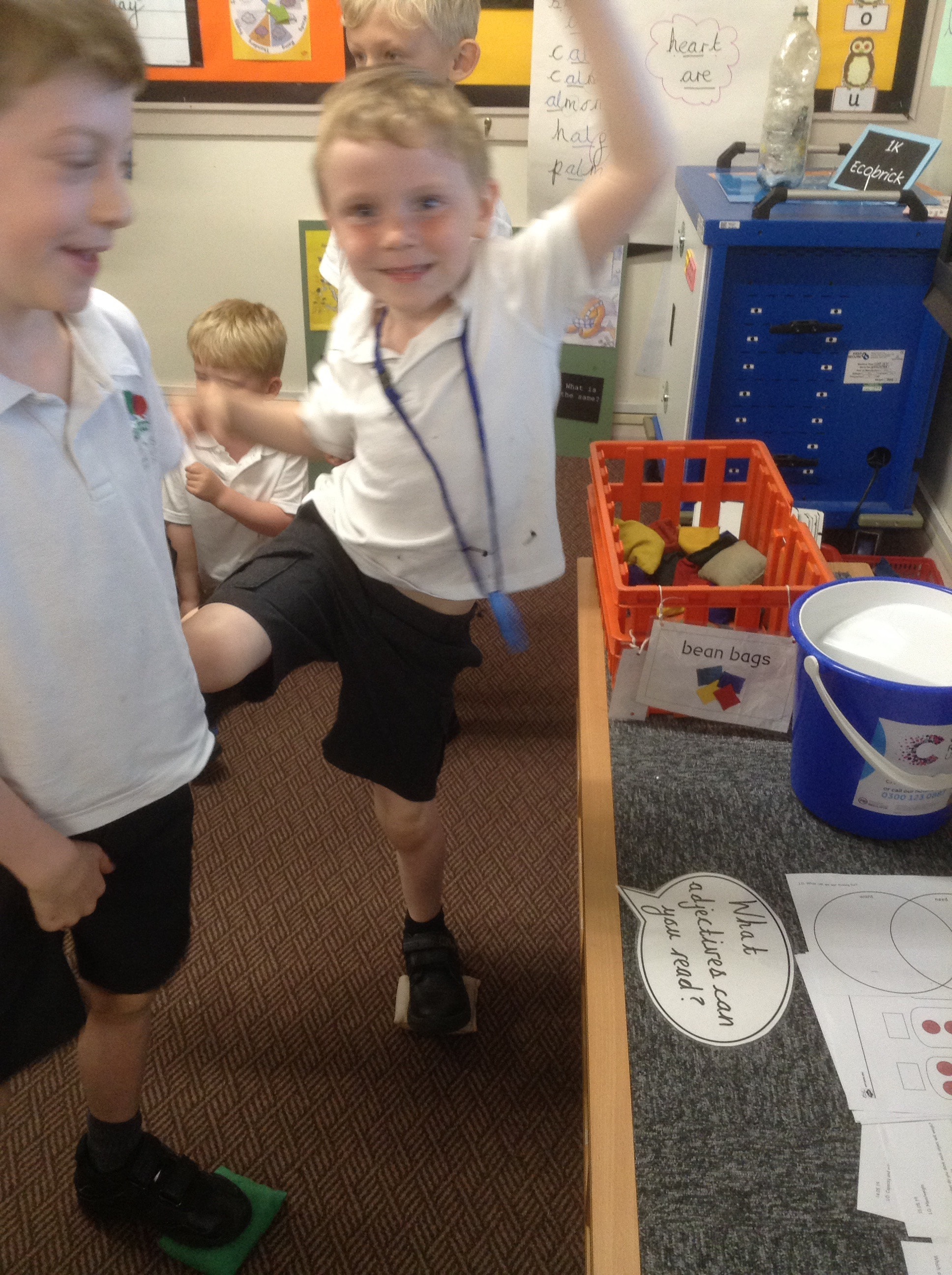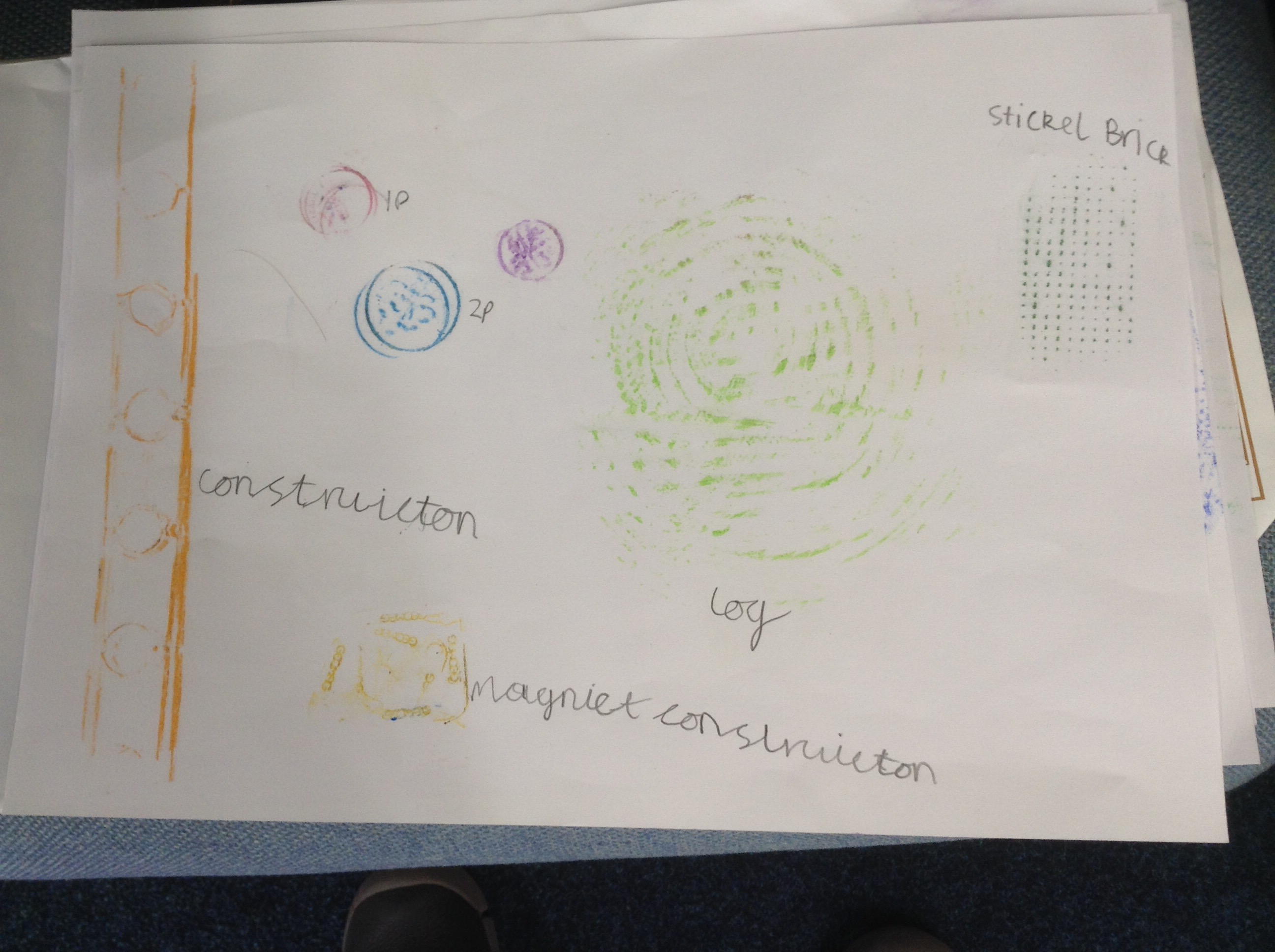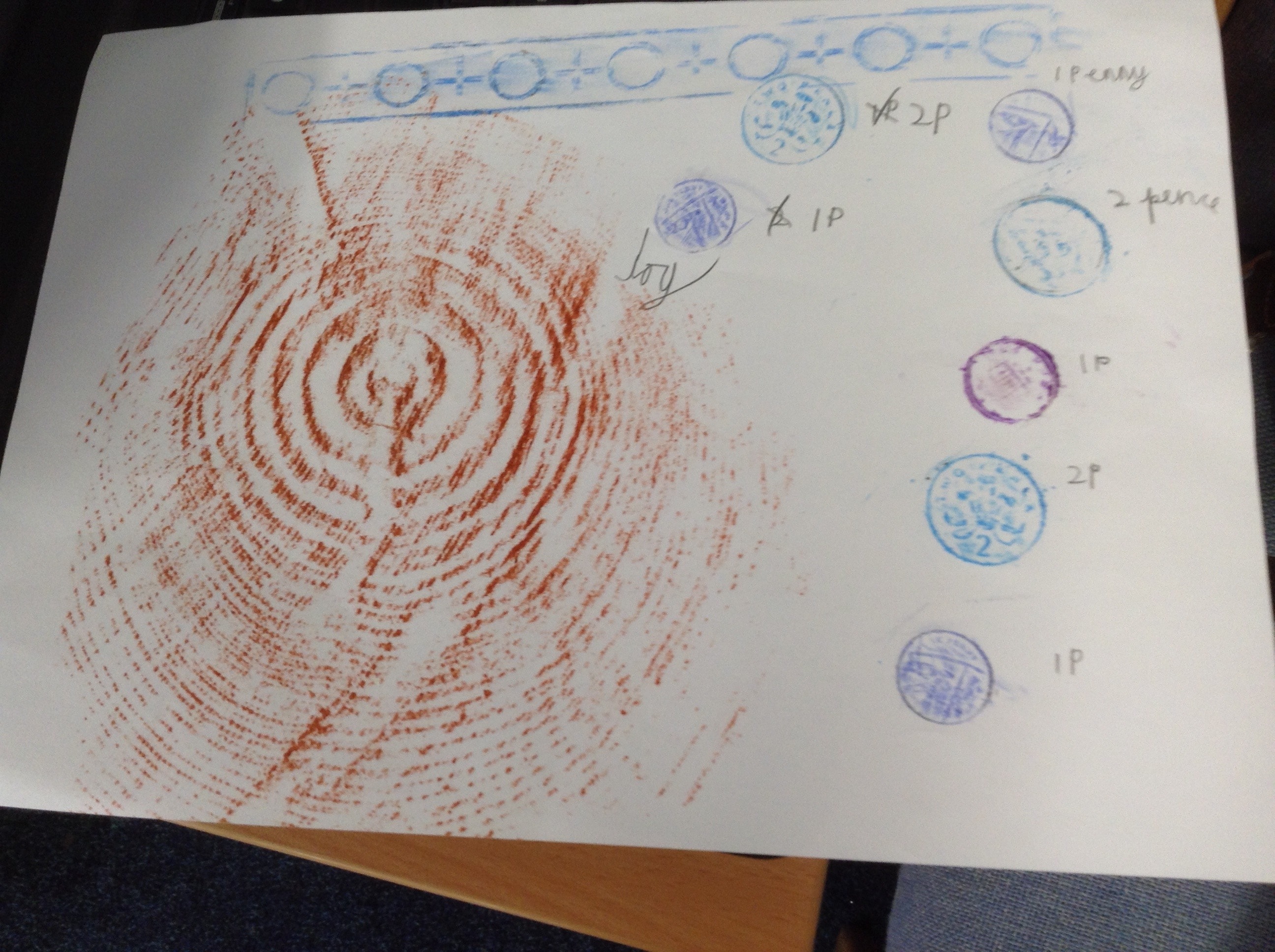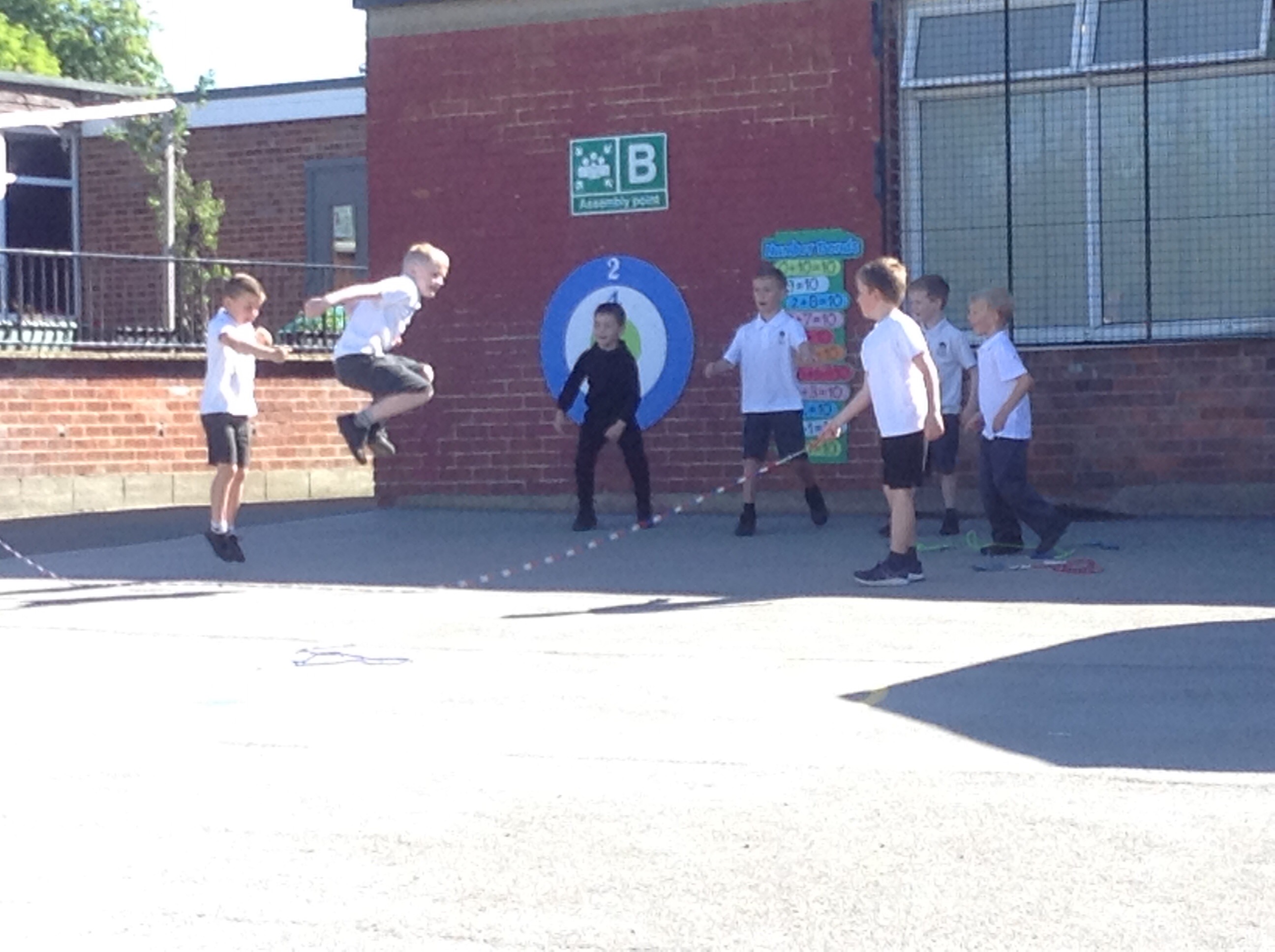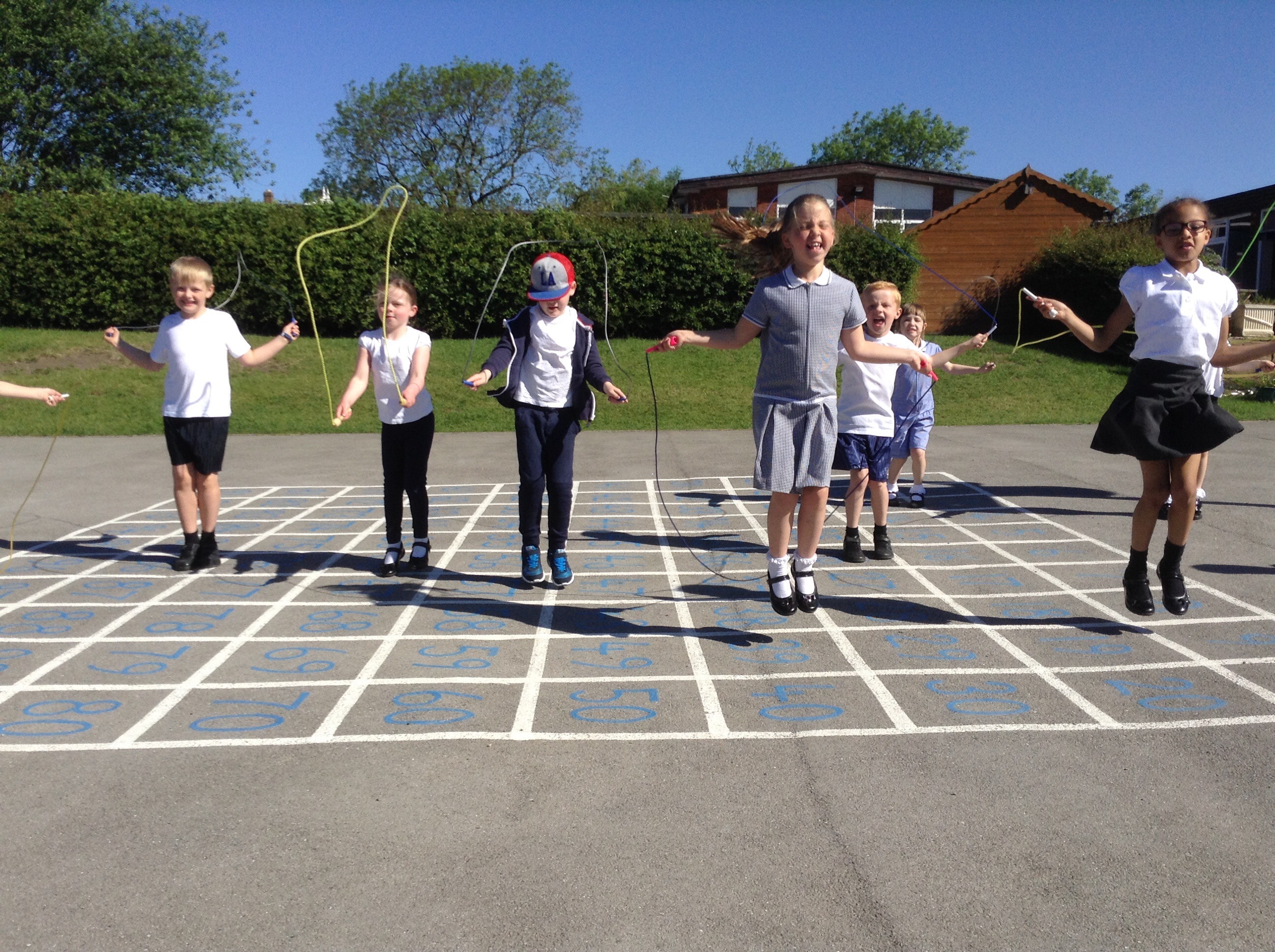Living and Learning: Relationships Education
Thank you to those parents and carers who attended the recent relationships education information sessions.
‘A useful session to find out what my child will be learning and when.’
‘Lots of helpful information.’
‘Very helpful to understand what vocabulary the children will be learning.’
These sessions were aimed at making parents and carers more aware of some of the following aspects of our curriculum.
- What is our Living and Learning curriculum?
- What does relationships education currently look like throughout school?
- What is included in our Relationships and Sex Education policy?
Relationships education forms part of our Living and Learning for this half term and if you were unable to attend the session, our progression of learning (pg10) and the terminology (pg6) that may be used as part of this learning can be found in our RSE policy.
Visiting Year 1
We are so proud of the F2 children for starting to come into school independently and getting on with their morning jobs.
This week, we have also started their transition into Year 1. The children were very excited about this. We have managed to visit the Year 1 classrooms three times this week. They took their white boards and pens and did a little bit of learning whilst we were there. We will continue with this over the next few weeks.



Science – pea planting
All the children have planted peas this week and are excitedly waiting for them to start growing. Who will grow the tallest pea shoot?
Maths – hooray for arrays!
The Year 1 children have been laying the foundations for leaning times tables this week – repeated addition, counting in 2s, 5s and 10s and learning about arrays. The Year 2s are trying to learn the times table and division facts too. Help at home by having a times table poster, counting in steps, reciting the times table facts, looking for patterns or talking about how you learnt your tables.
Our new topic: Breaking Barriers
This half-term, Year 5 and 6 are starting a new topic: Breaking Barriers. This topic is designed to help children better understand protected characteristics. It is against the law to discriminate against someone because of a protected characteristic. We have talked about these in school before and your child is aware of them already. However, we feel that this is a really important topic and will be focusing on each of the protected characteristics in more detail. For your information, here are the nine protected characteristics:
- age
- disability
- gender reassignment
- marriage and civil partnership
- pregnancy and maternity
- race
- religion or belief
- sex
- sexual orientation
If you would like further information about what will be covered, or have any general questions or concerns, please don’t hesitate to speak to your child’s class teacher.
Thursday – Sports clothing
On Thursdays, for the next 6 weeks, the older children in Nursery will be taking part in some sporting activities and games with a PE coach.
Please send children to Nursery on Thursdays wearing appropriate sports clothing and footwear. Thank you.
For more details, please refer to the letter that was sent out before the holidays.
More pizzas!
Welcome back to Nursery. We hope you all had a good, relaxing week off and enjoyed some family time. Thank you to everyone who sent us some information and photos from your adventures; children loved sharing them with their friends during group time.
The children were very excited returning to Nursery this morning and couldn’t wait to explore and play with their friends. Just before the holidays, we created a New pizza role play area. It was very popular today!
Do you remember that we had a pizza role play area at the beginning of the year? Well, a number of children had remembered and had asked several times if we could have it back in Nursery again. We’ve made it slightly different this time; we’ve added playdough and a selection of Italian herbs for them to sprinkle on their pizzas. Children are loving creating new pizzas and adding toppings.
It’s rewarding to see how much their play has developed since the start of the year. They’re using some great language to take orders and are role playing being in a restaurant with each other, including writing down their orders.






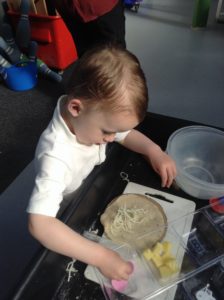

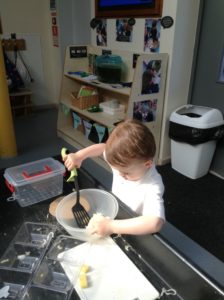


SATs – all done!
The Year 2 children have been busy completing their ‘quizzes’ during May. The children will hopefully remember all the other fun they had during this time too. It was an opportunity for the year groups to spend time together too, supporting each other in their learning. We have done some mixed phonics and maths lessons, maths games, skipping and shared reading, while other small groups worked on their SATs booklets in a quiet classroom.
Living and Learning : Money Matters themed week
We had great fun doing some coin rubbings in art this week. This also made us wonder what else would make an interesting rubbing. Here is what we found…
